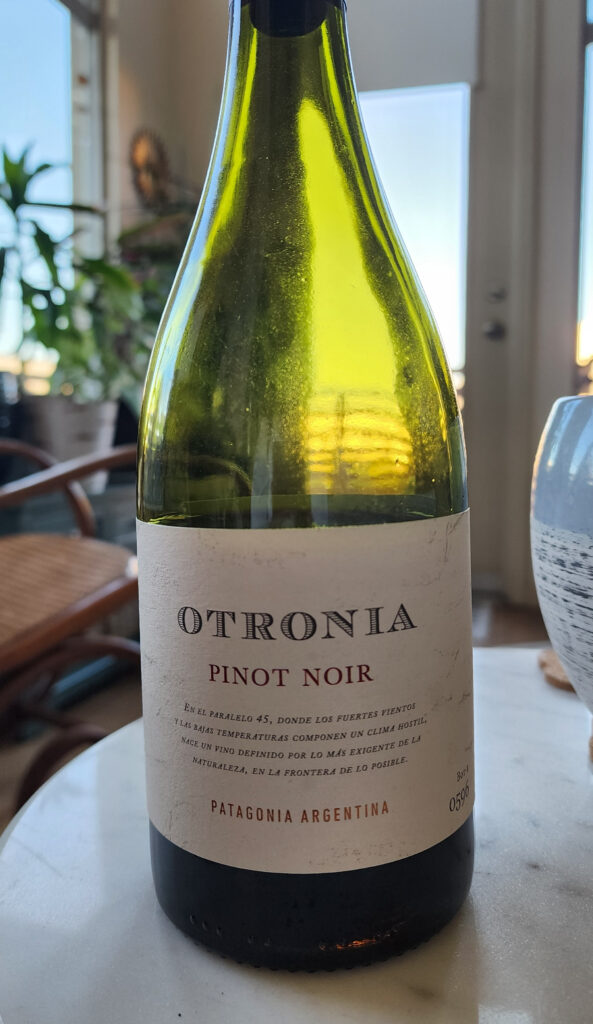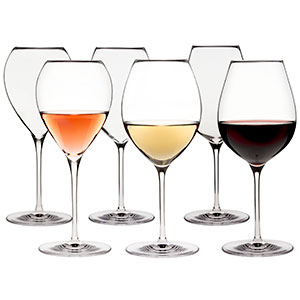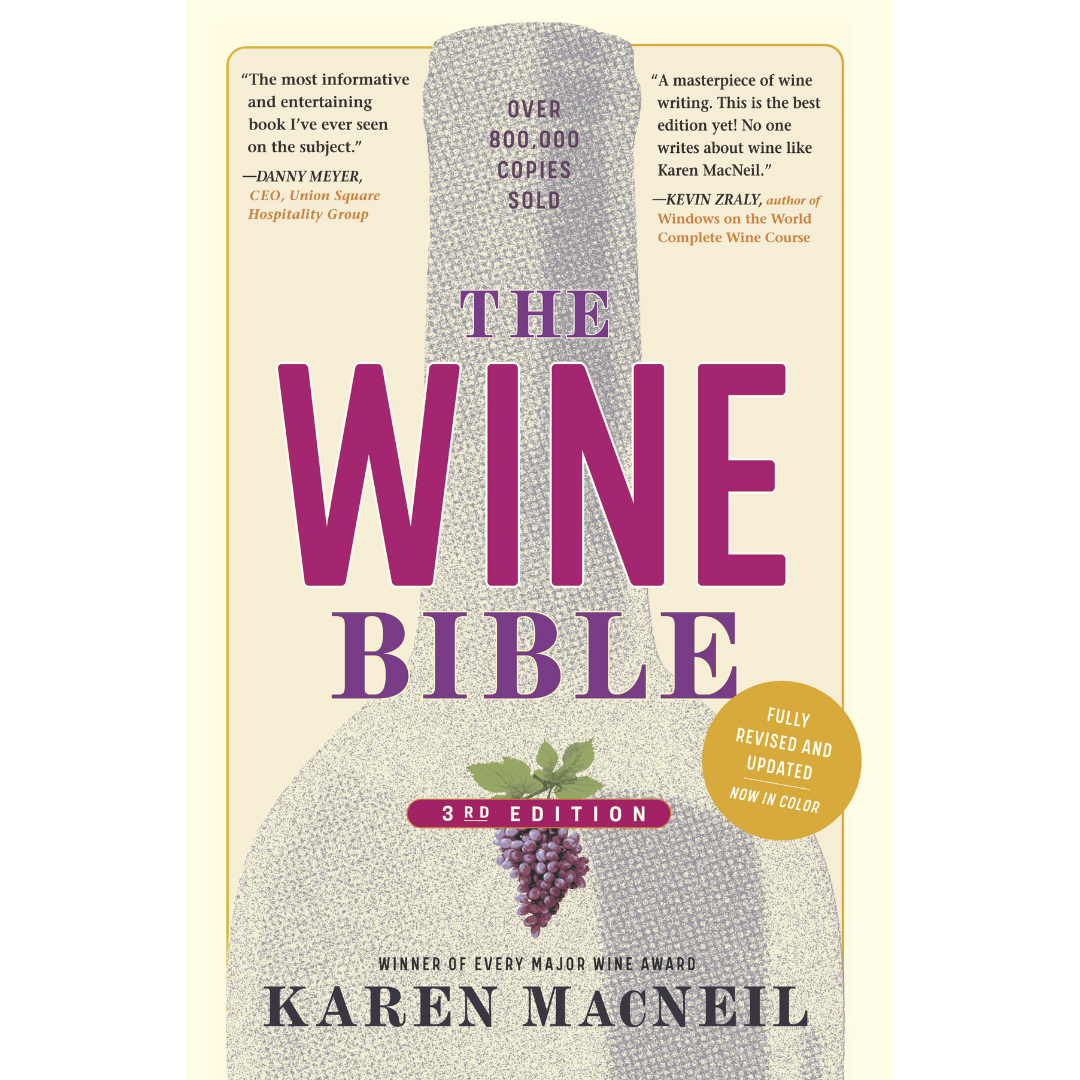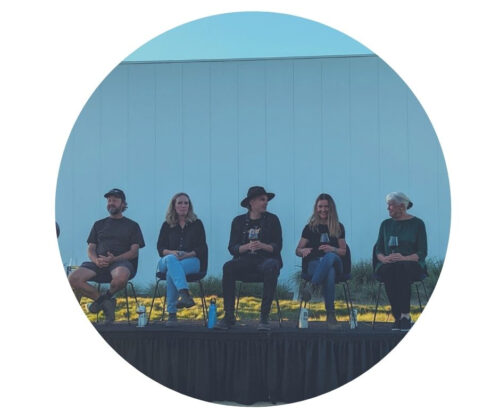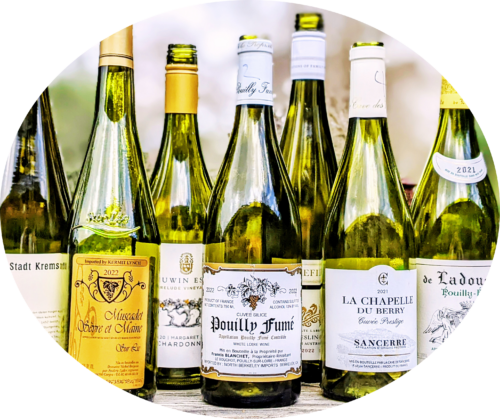

Lieu-Dit
Often used in Burgundy to signify a small place (often a vineyard) defined by its… Continue reading

Bubbles Magnify Flavor!
Champagne’s bubbles are not merely textural. They amplify a Champagne’s aroma and flavor in fascinating… Continue reading
110
Number of Congress members who recently called for a halt to the study on drinking… Continue reading
37.7k
Price (in US$) of the most expensive wine in 2024 so far, according to Wine-Searcher.com.… Continue reading
1783
Year the oldest living cork tree was planted. The Whistler Tree, in Águas de Moura,… Continue reading


